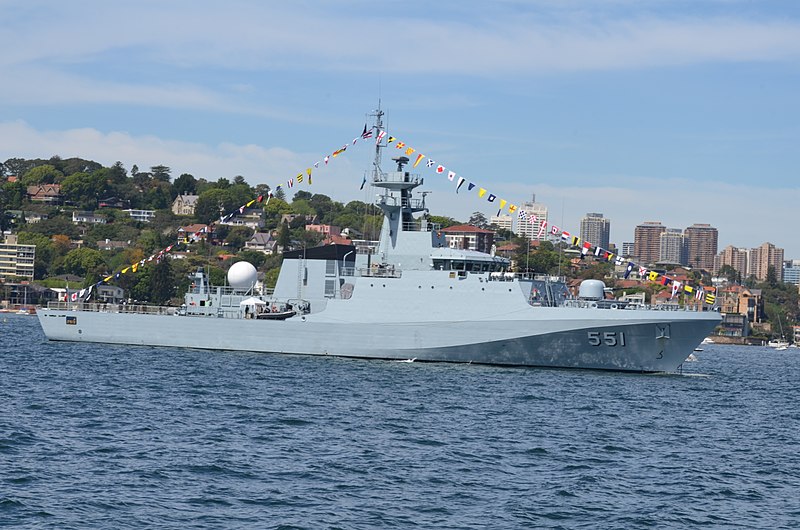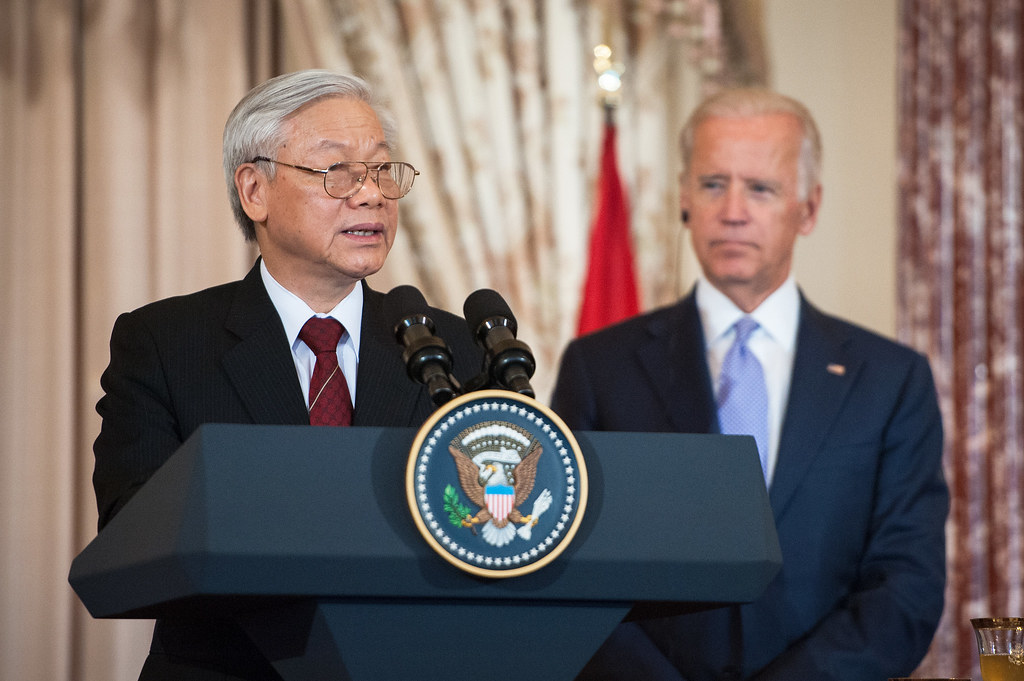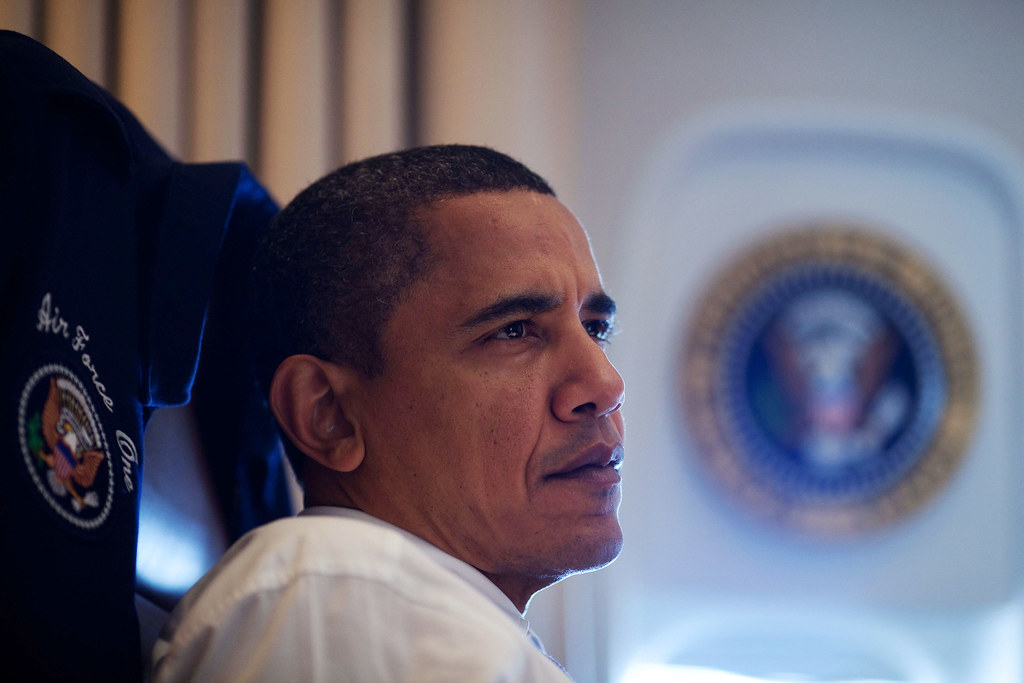By Grady Fontana
The ramp is lowered from USNS MAJ Stephen W. Pless (T-AK 3007), one of two ship Military Sealift Command ships delivering equipment for exercise Cobra Gold in Thailand. (U.S. Navy/Grady T. Fontana) >>
LAEM CHABANG, Thailand - Military Sealift Command’s (MSC) Surge Sealift, Roll-on/Roll-off ship USNS MAJ Stephen W. Pless (T-AK 3007) arrived at the port here to offload essential military equipment in support of exercise Cobra Gold 2016 (CG-16), Jan. 27.
Thailand and the United States are scheduled to co-host the annual, multilateral Exercise CG-16 in various areas throughout the Kingdom of Thailand Feb. 9-19. This year’s CG-16 will consist of three primary events: a command post exercise, which includes a senior leader seminar; humanitarian civic assistance projects in Thai communities; and a field training exercise that will build regional relationships.
The Pless was carrying more than 470 items that totaled approximately 2,500 long tons (5.38 million lbs.). The cargo included such items as military vehicles, aircraft and ammunition. A second MSC vessel, USNS 1ST LT Jack Lummus (T-AK 3011), is scheduled to arrive in the coming days to offload additional CG-16 gear.






























